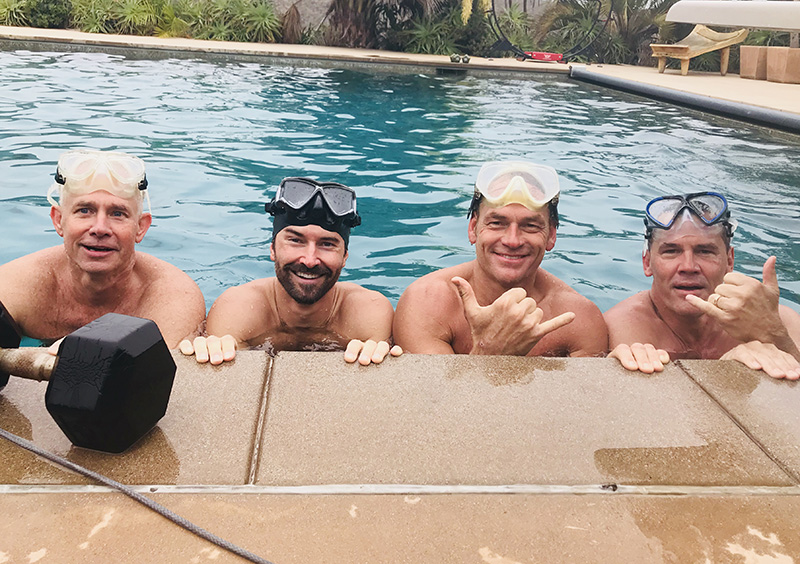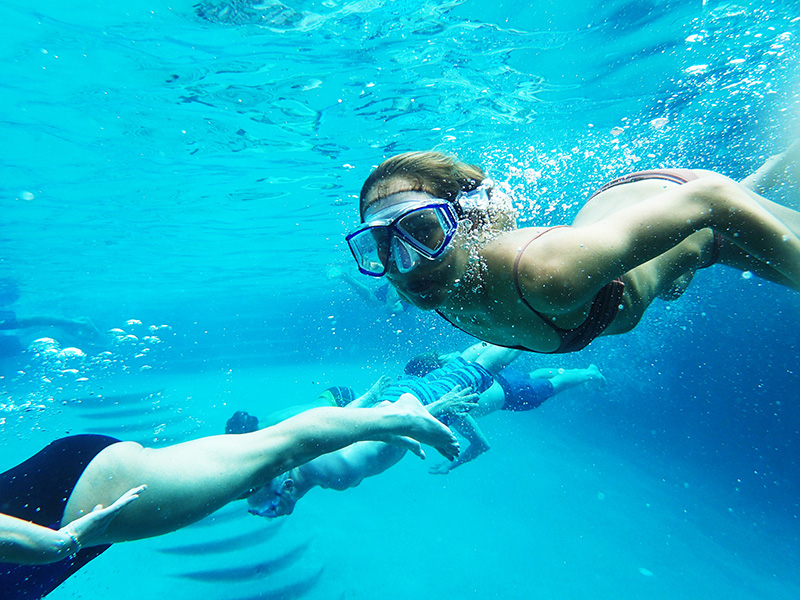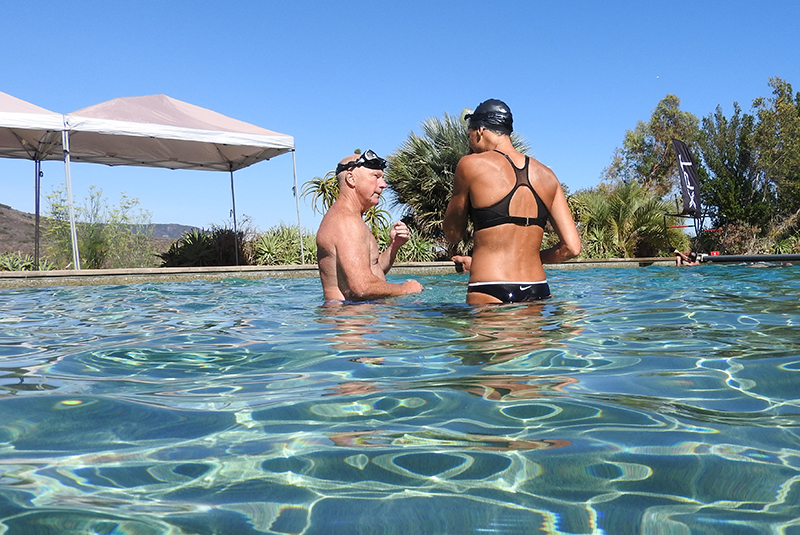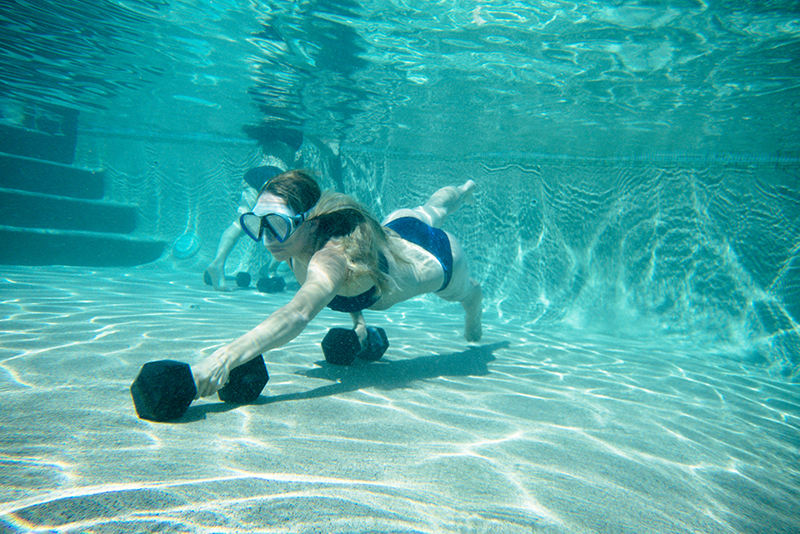About XPT Water Training
XPT was founded by Laird Hamilton and Gabby Reece, as a culmination of 30+ years in elevating high-level athletics, chasing giant waves, and exploring human possibilities. This unique system emerged from a tenacious curiosity about human performance, the necessity for injury-proofing the body, and an exploration of health and longevity.
The origins of XPT water training can be traced back to Laird’s experimentation with various breathing techniques, using the ancient Polynesian practice of carrying stones underwater, and experimenting with other practices that served his passion for riding enormous waves. Over the years, through the influence of many cultures, friends, domain experts, and tireless exploration, XPT has grown into a lifestyle system dedicated to optimizing health, performance, and longevity.
The XPT system is broken into three major components: Breathe, Move, and Recover. XPT Water Training is where all three components combine. This unique program has become a cornerstone of the XPT system and a non-negotiable weekly routine for Laird and Gabby. Pool training is a big part of Laird and Gabby’s fitness routine and has evolved into an extremely scalable program that can be implemented for any fitness level.

Breathing
Focused breath training is a foundation of the XPT system and underpins many benefits of XPT Water Training. During water workouts you’ll perform apnea exercises (holding your breath), which can create beneficial physiological changes, while also teaching you to control and coordinate breathing and movement.
When the human body is exposed to situations in which there are reduced oxygen levels—such as the experience of high altitude or by holding your breath—adaptations take place that force the body to increase oxygenation of the blood, delay the onset of lactic acid and fatigue, and improve respiratory muscle strength.

Reduced Injury Risk
One of the biggest benefits of a water resistance training is lower risk of injury compared to working out on land.
Water density changes the influence of gravity and impact forces are significantly less in the pool. This lower impact on the joints and connective tissues allows people to perform ballistic and plyometric movements with reduced risk of injury. For this reason, pool training is commonly used during rehabilitation programs for athletes returning from injury.
In our experience, athletes recovering from injuries have been able to perform movements underwater that they are not yet able to do on land, allowing them to work certain muscles that they were not able to utilize, and tax the body in previously inaccessible ways.

Recovery
In addition to lowering injury risk, pool training can also be a great method for recovery on days of active rest between intense workout sessions or after competition. As the water unloads a lot of the impact forces coming down during jumping and other underwater movements, most full body pool exercises are concentric-dominant.
Eccentric loading has been shown to create the most tissue damage and stress to muscles and connective tissue. Therefore, by reducing the eccentric load on the muscles, we’re minimizing damage to tissue. When performing only concentric exercises, your muscles still benefit from an increase in local blood flow, bringing the nutrients necessary for tissue repair, while minimizing additional tear down. The compression caused by the water will also help to stimulate blood flow, aiding in the recovery process.

Furthermore, circuit training in the pool can elicit aerobic conditioning adaptations, providing benefits to the cardiovascular and pulmonary systems, while also creating a recovery response in the musculoskeletal and nervous systems. The additional work of the respiratory muscles during breath holds and breathing with compression of the water acting on the torso provides another unique stressor for improving respiratory muscle strength.
XPT Water exercises and workouts should be done under advisement of a certified XPT Coach. Checkout our upcoming certifications.

